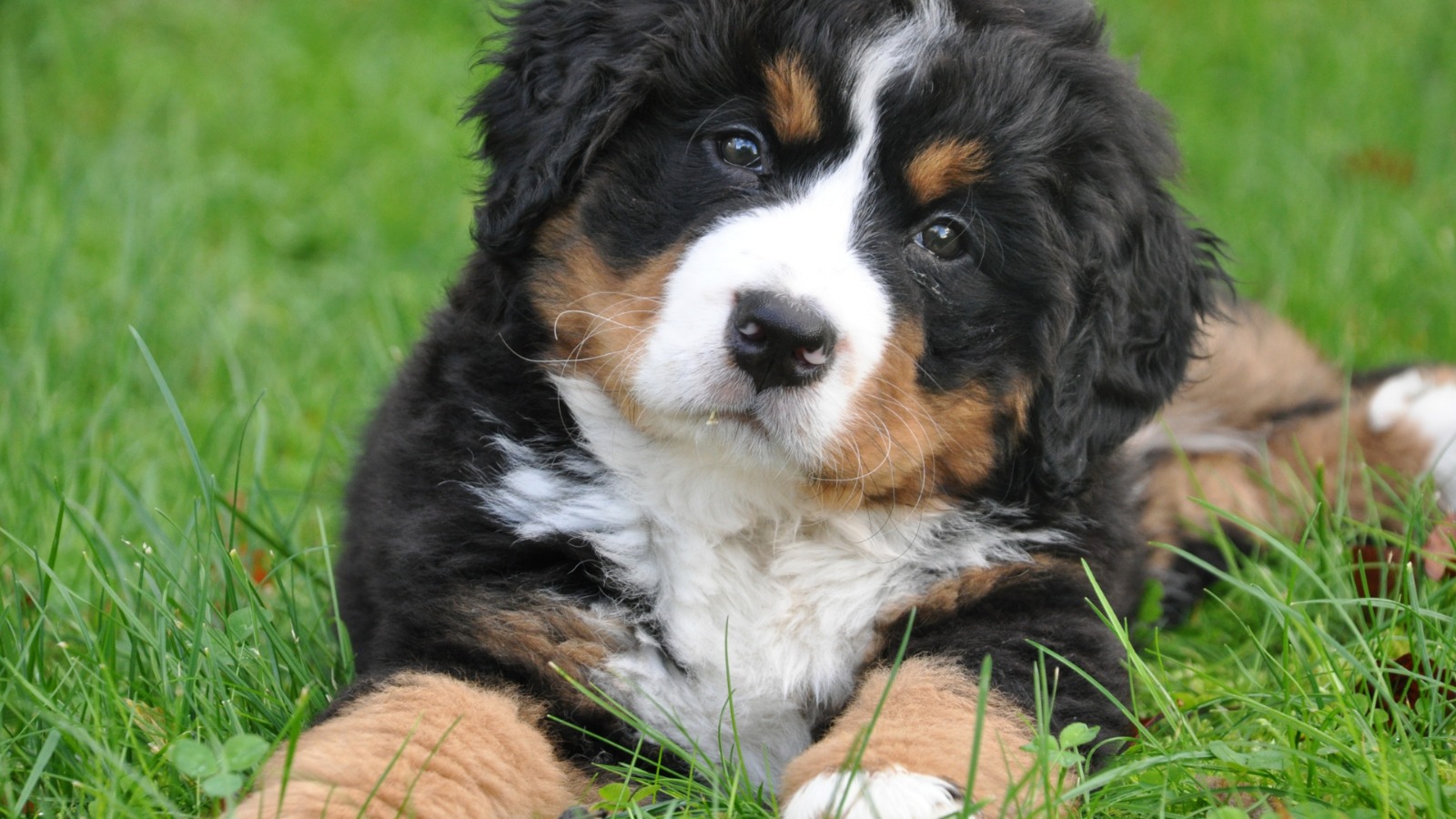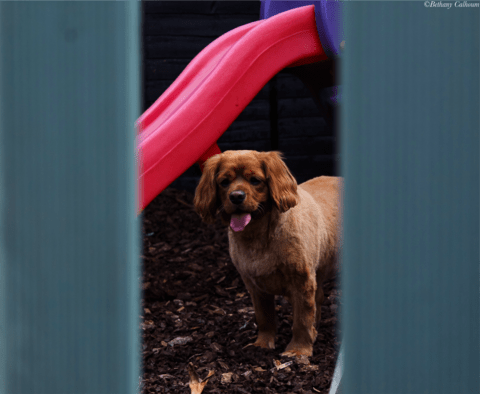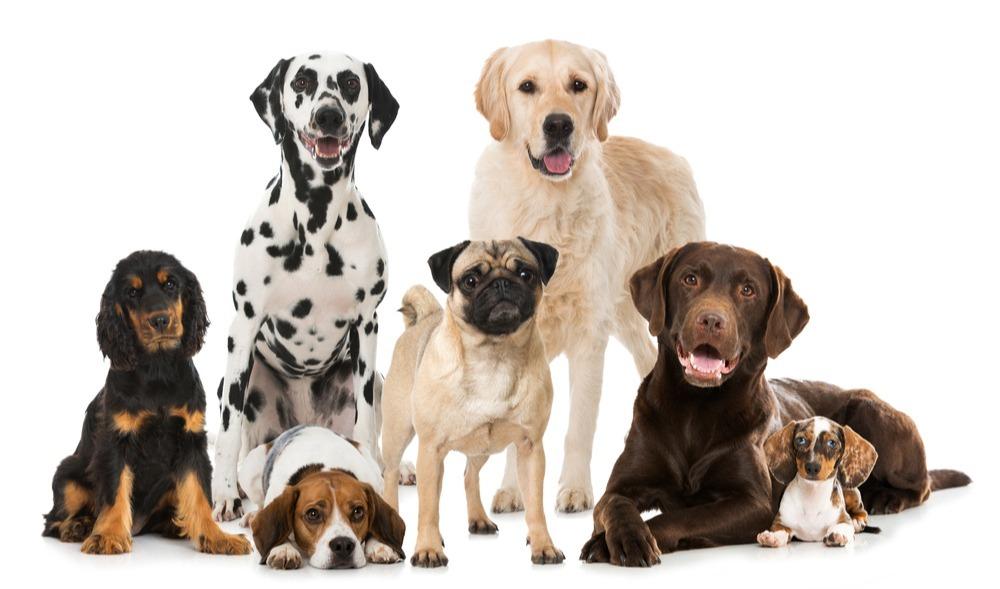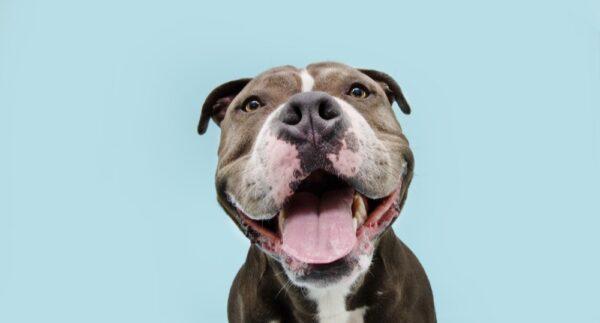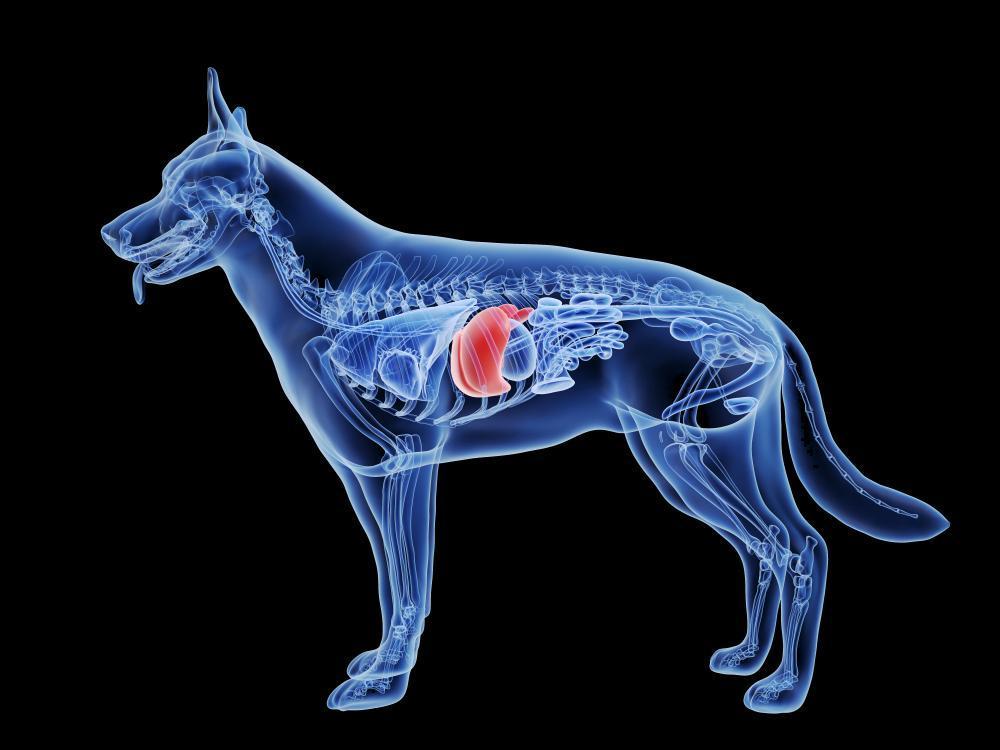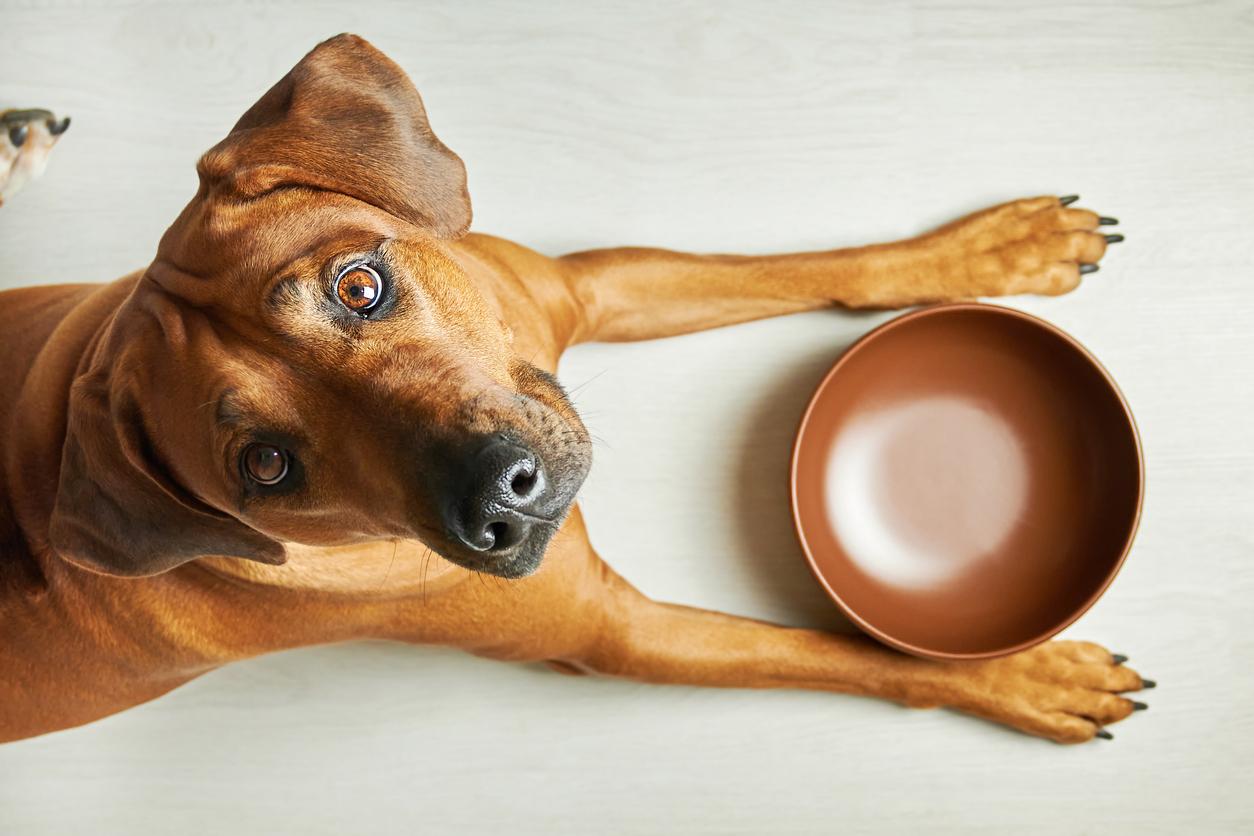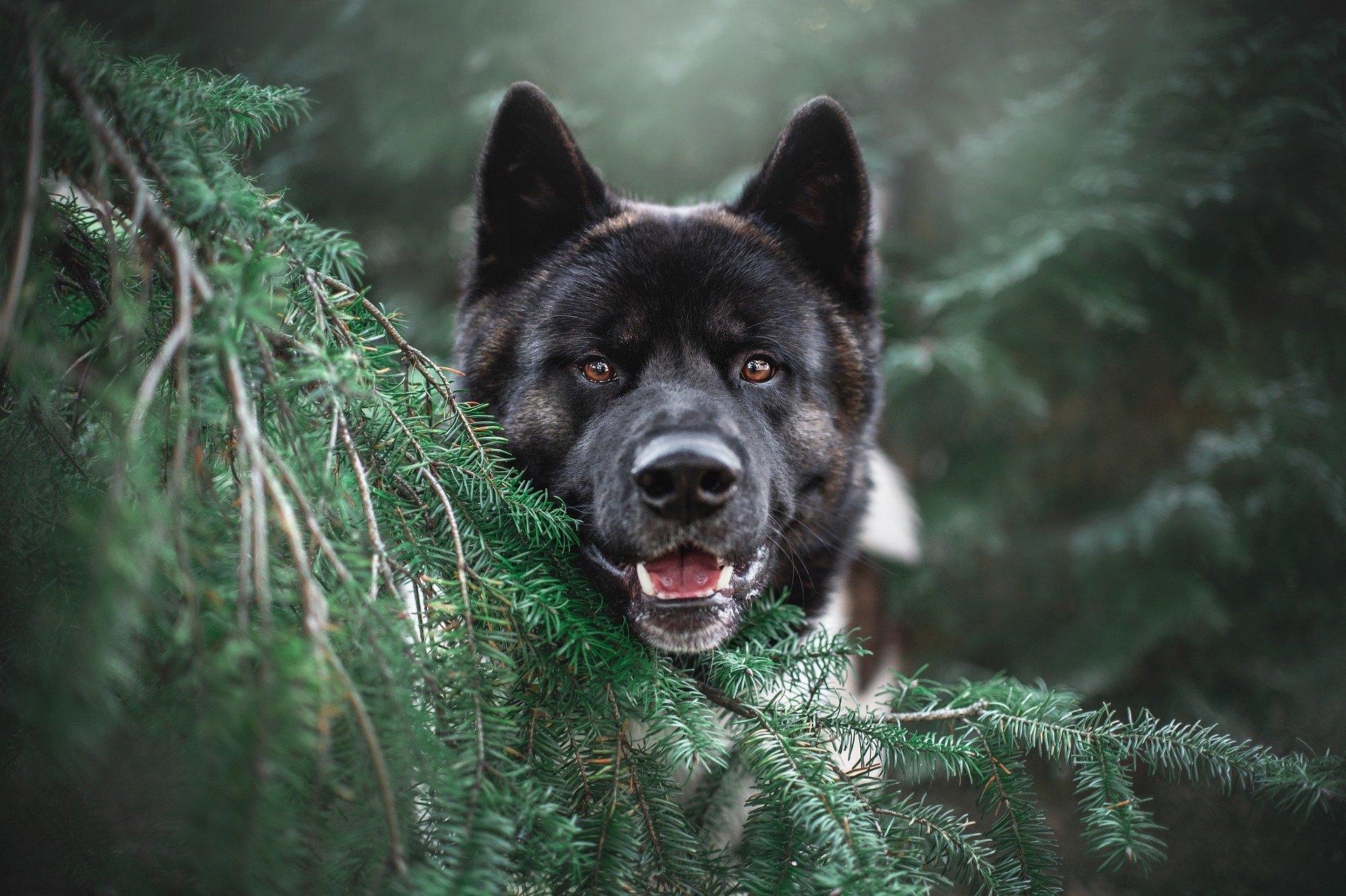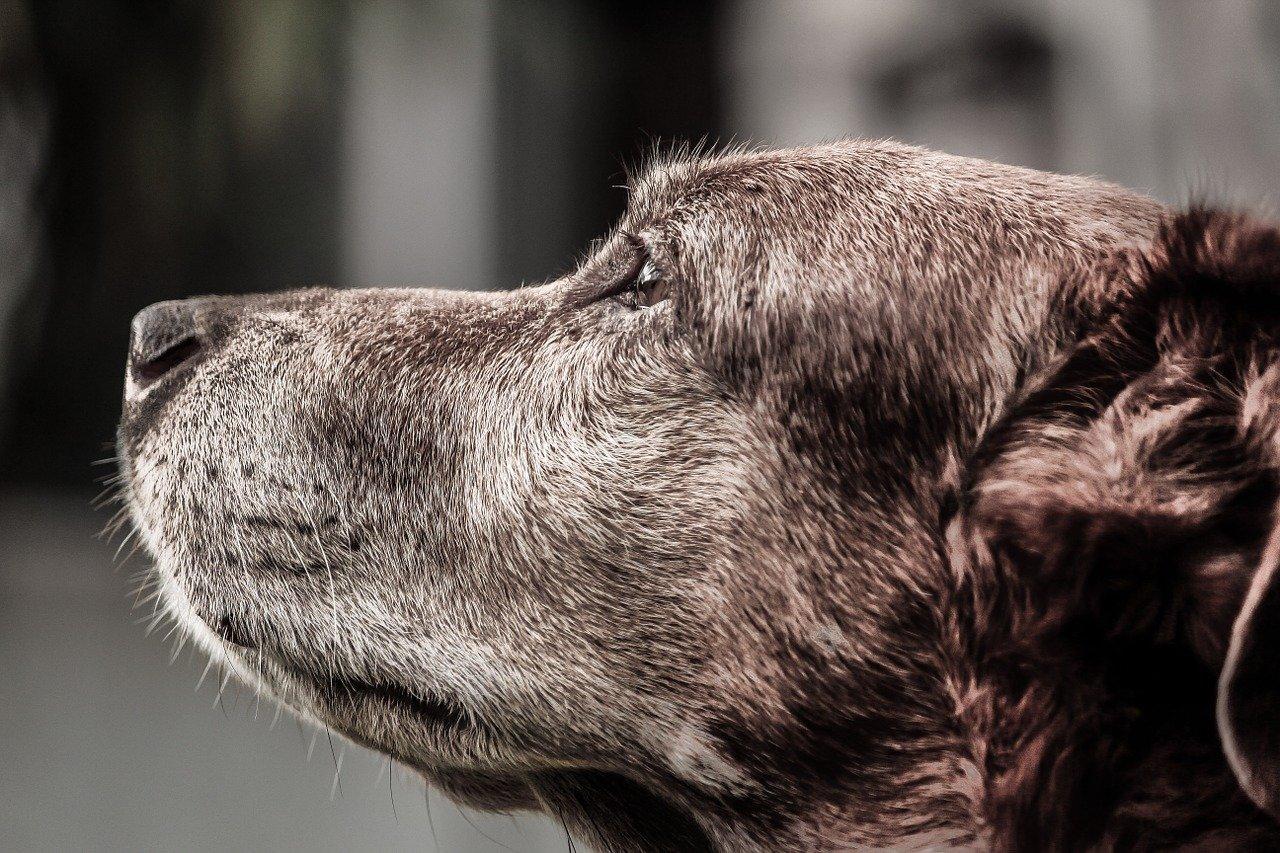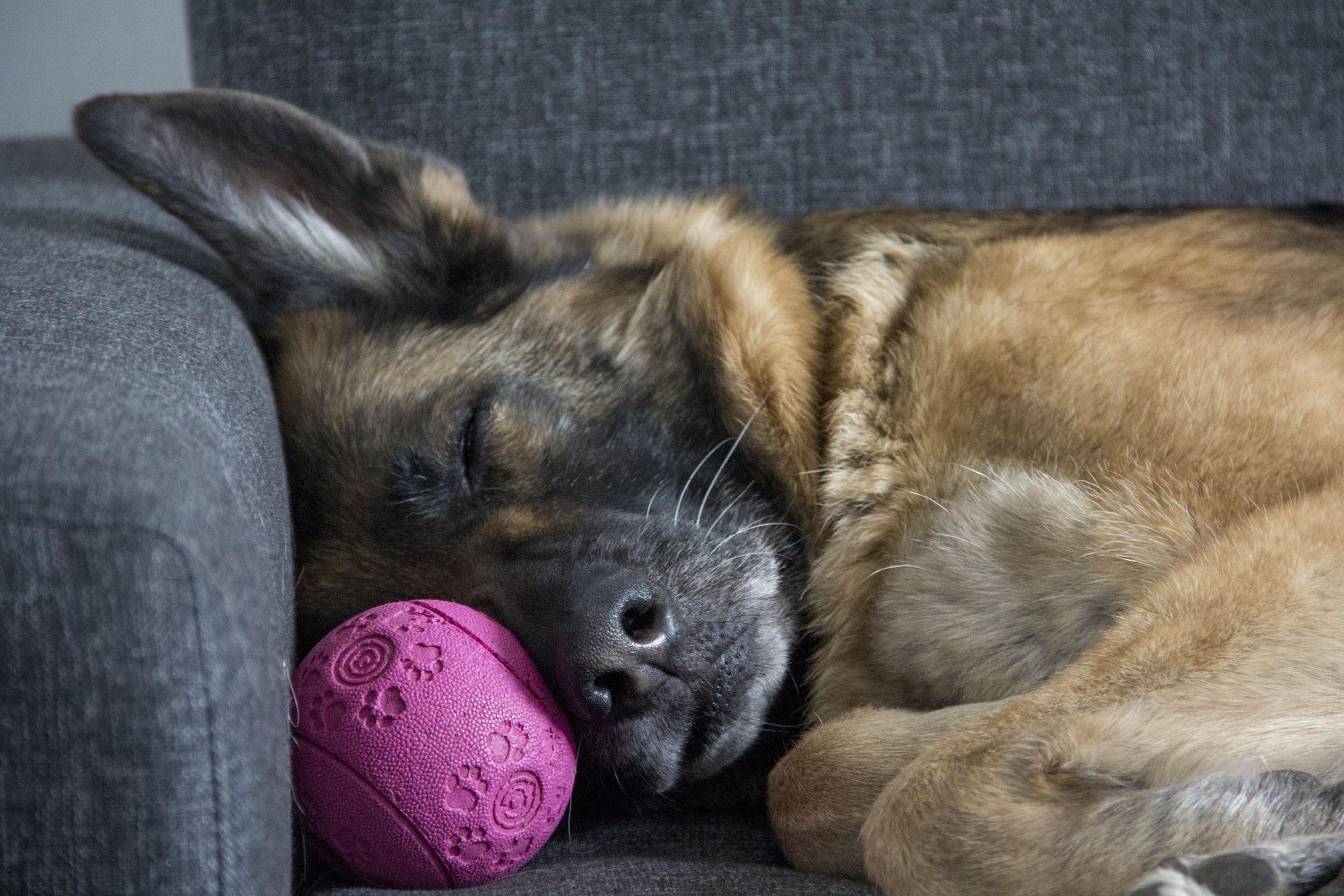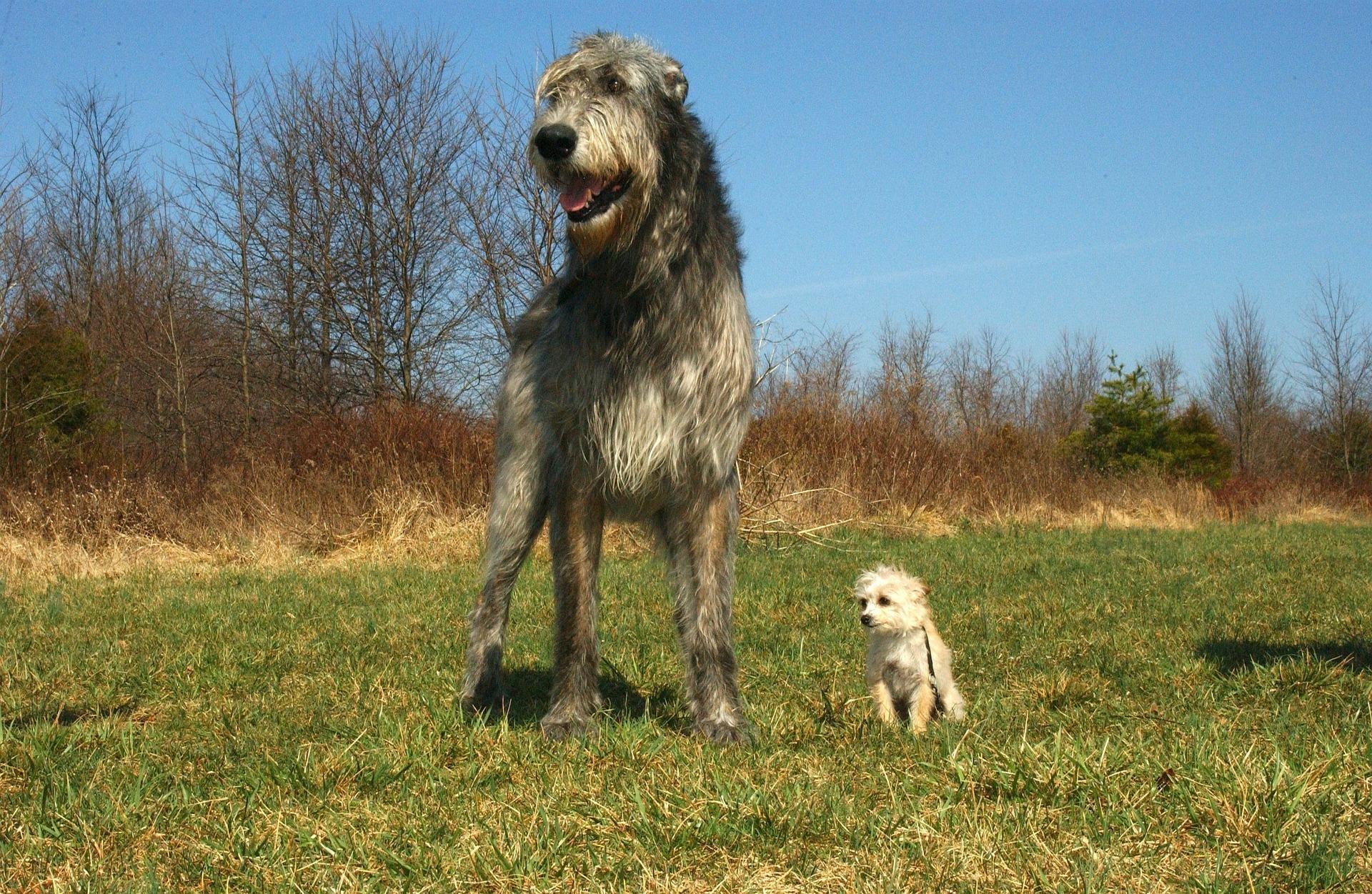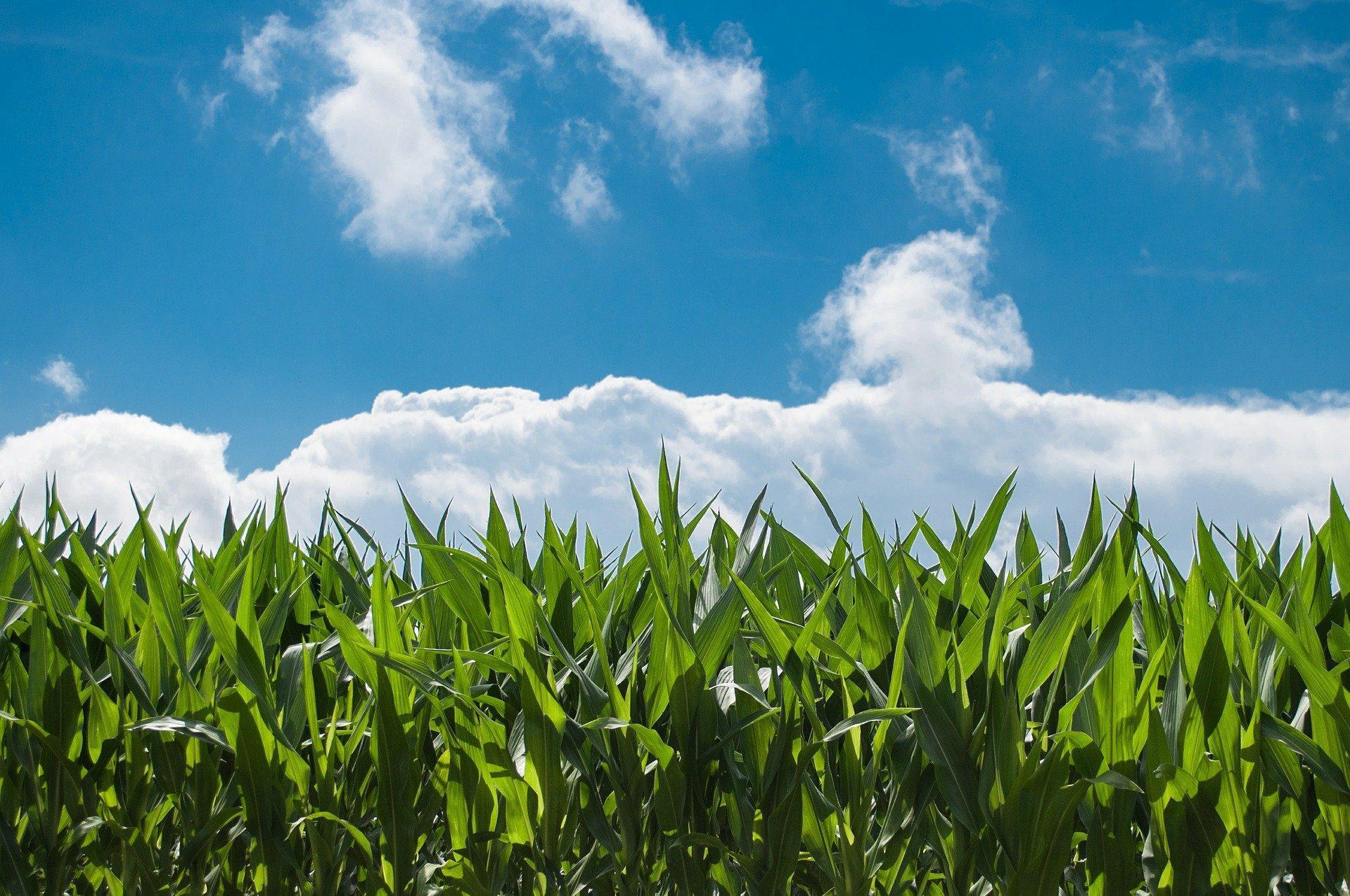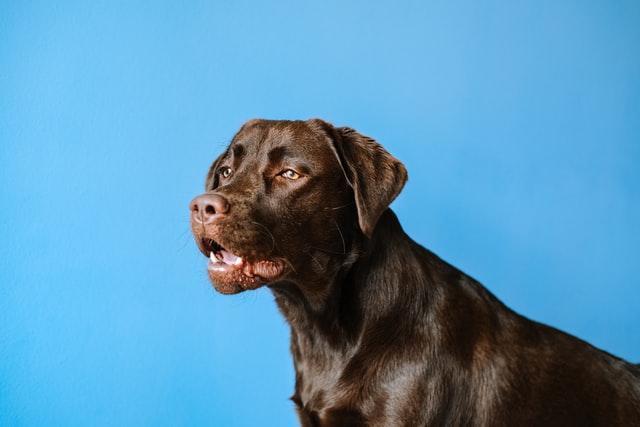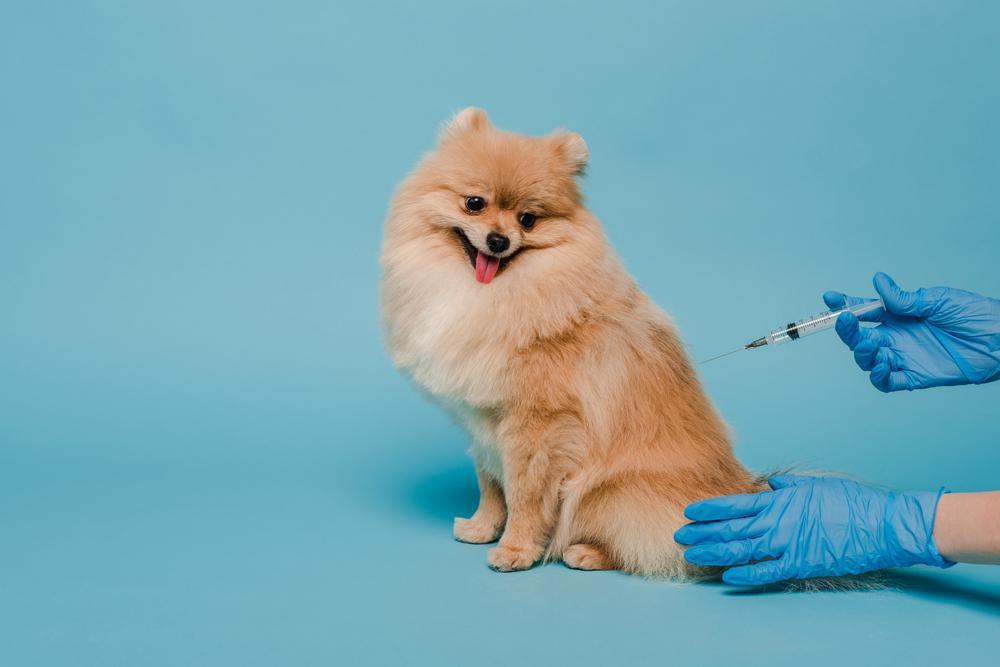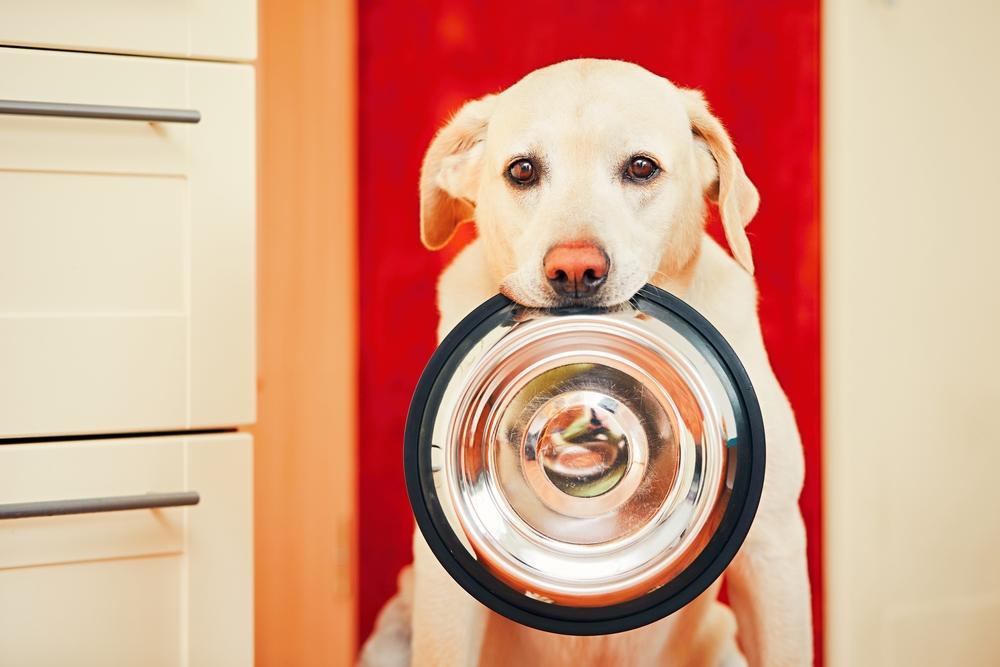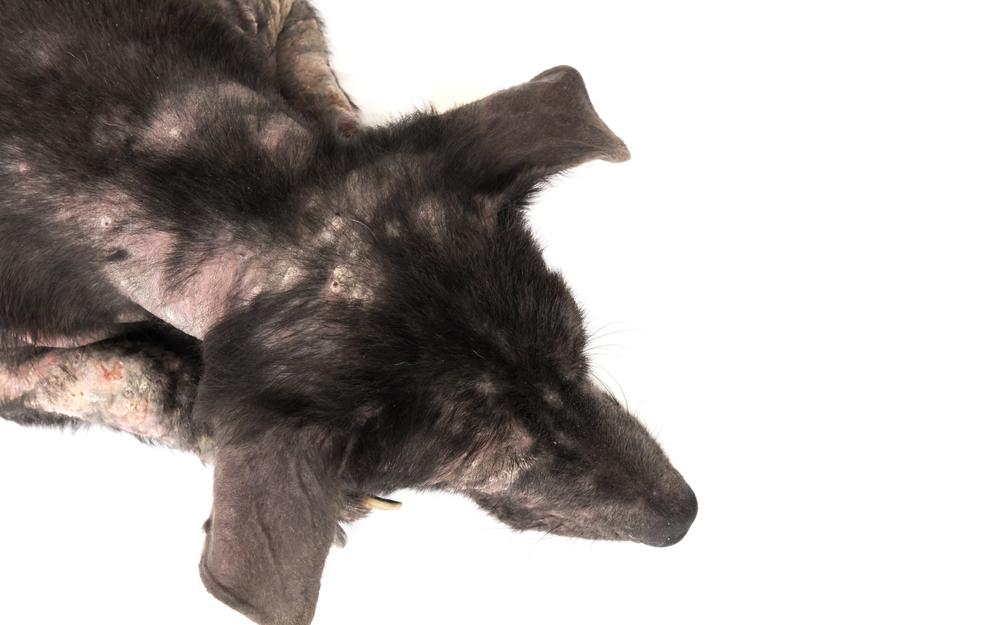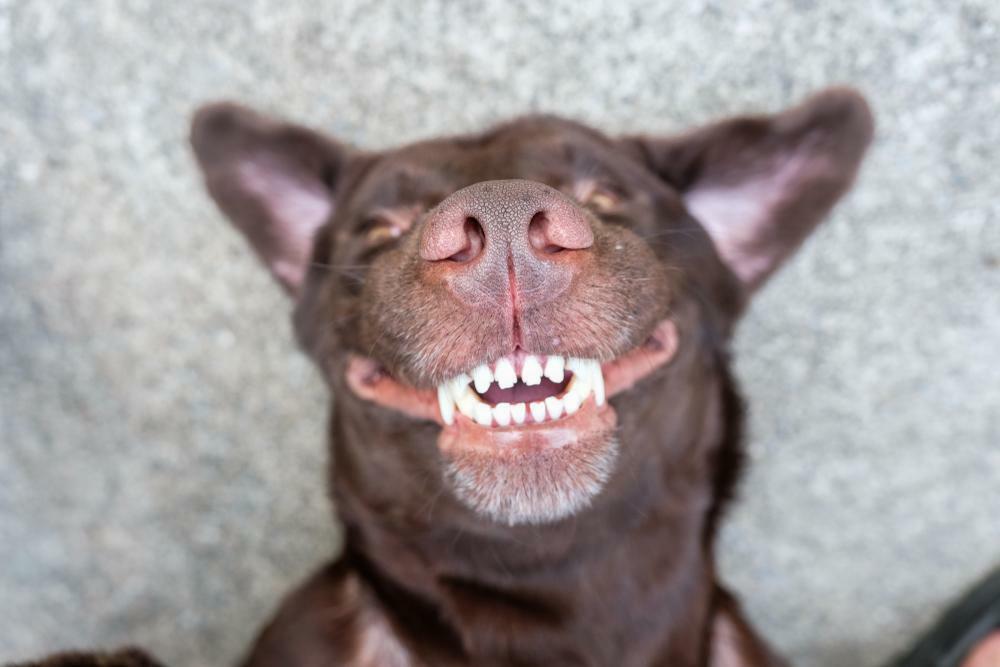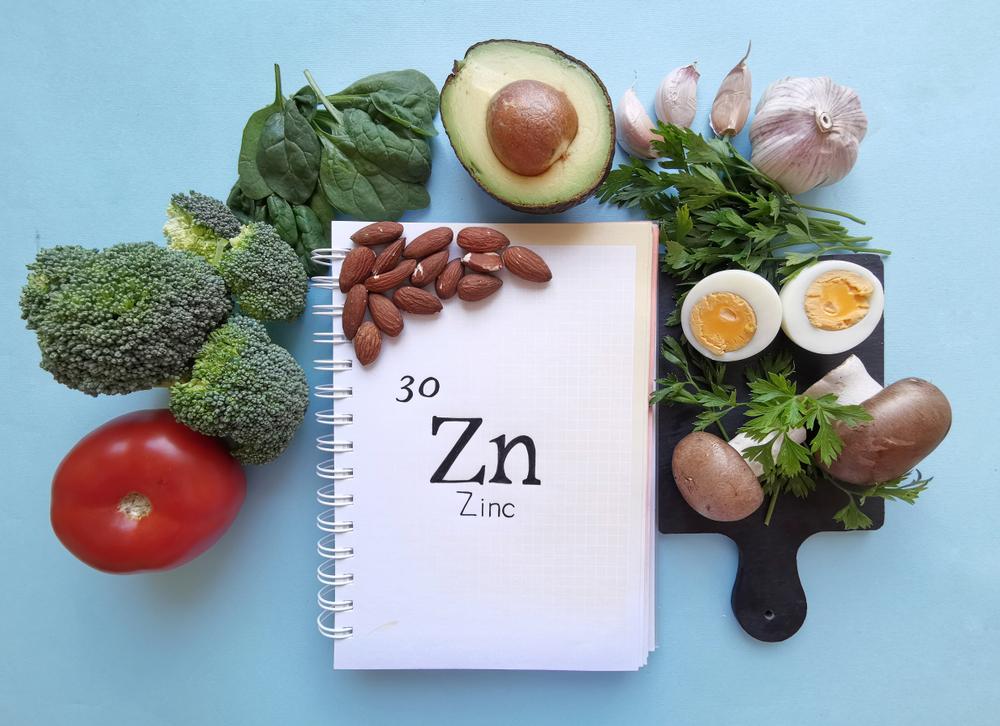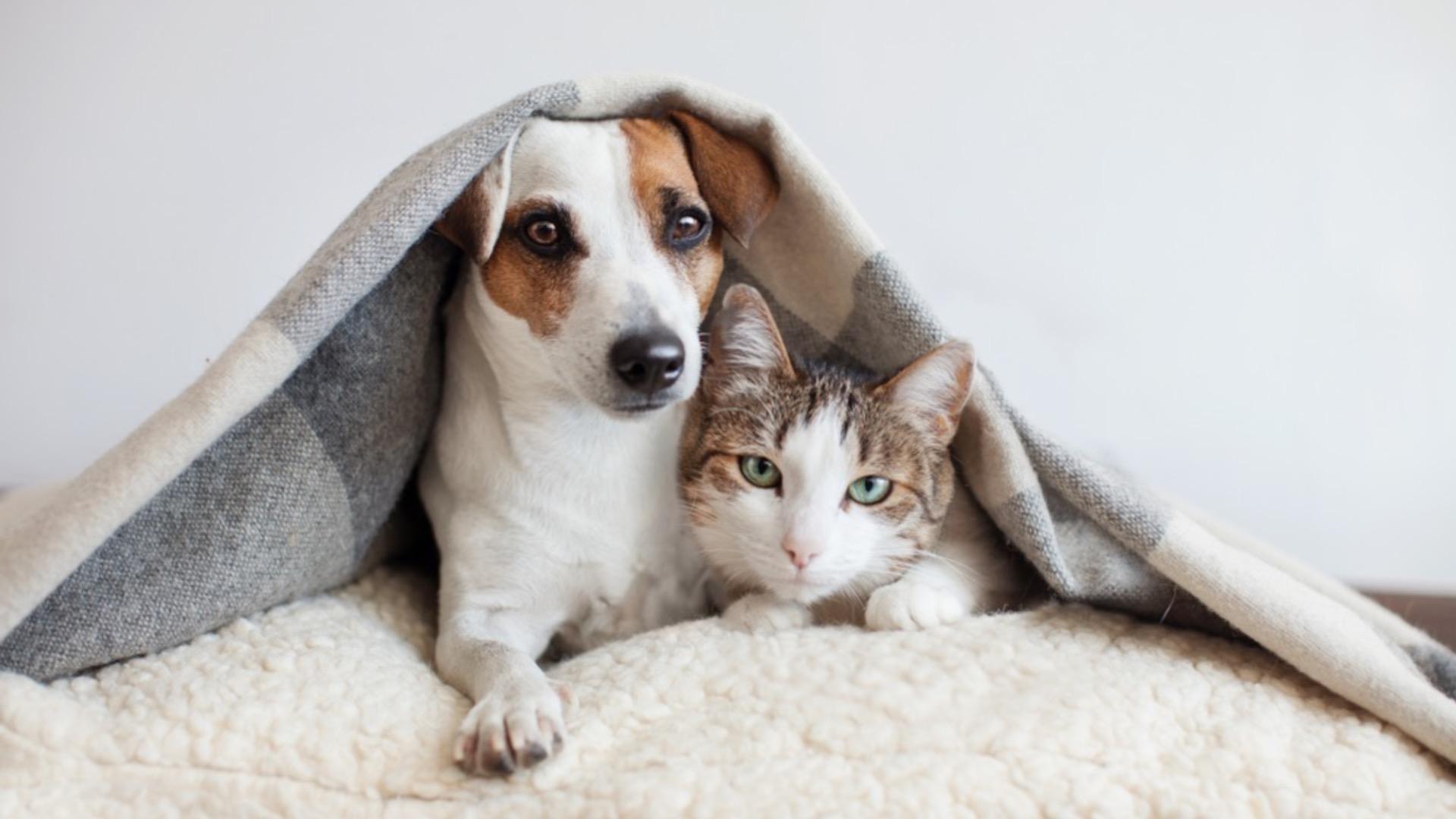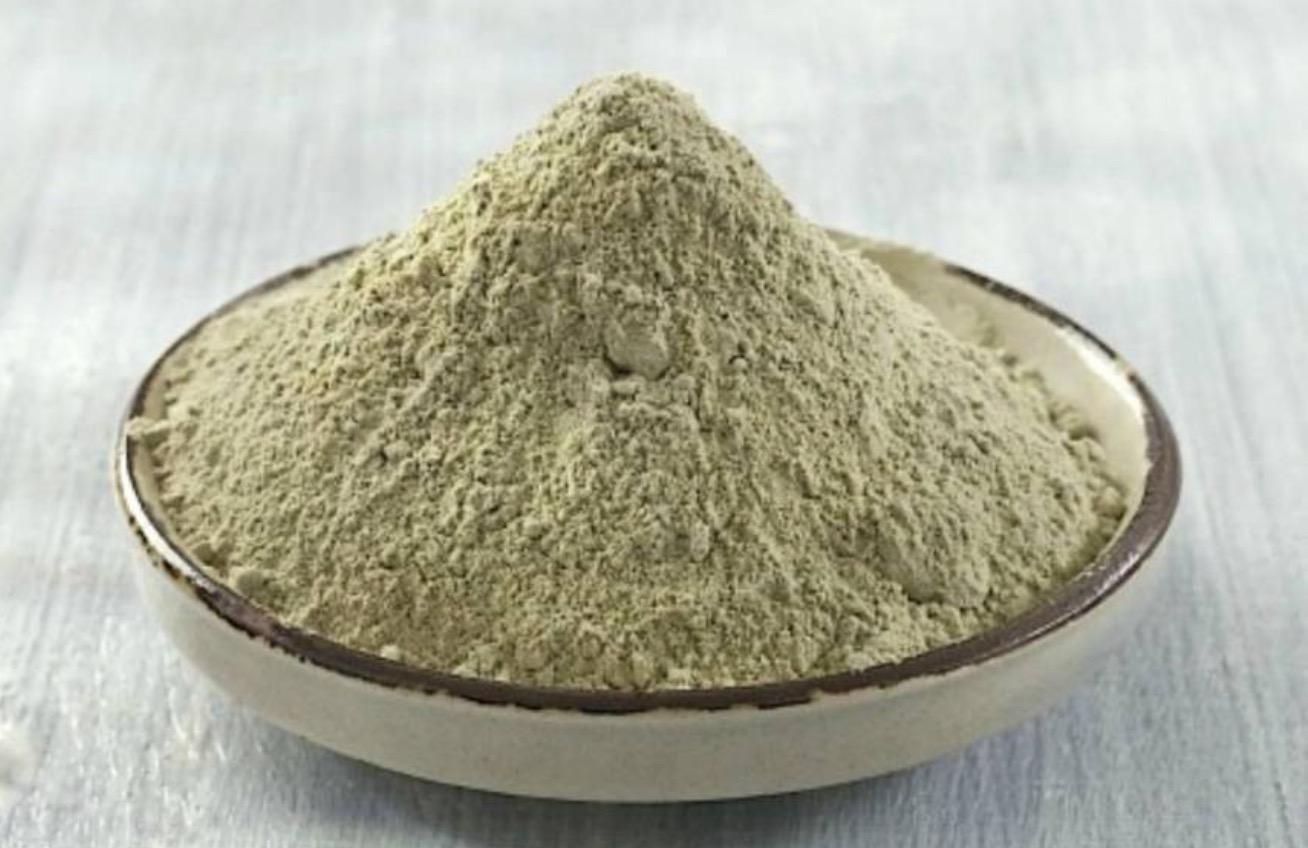
Here at My Pet Nutritionist, we regularly see frequent urination as a sign of illness, stress and other diet related issues.
The scientific name for excessive urination is Polyuria, and it often comes hand in hand with Polydipsia (excessive drinking).
Read our Polydipsia blog here. Let’s discuss what may cause this!
The diet you feed your dog may affect the amount of urine produced. Dogs fed on a dry food diet will require a larger intake of water as their food is lacking in moisture which puts pressure on the kidneys. Wet/fresh food on average is around 75% moisture verses a dry food which is around 8-10% moisture. Similarly, high salt diets and treats will affect kidney function. The kidneys require a good amount of moisture to keep them functioning properly; so the dog will feel thirstier, consume more water and then as a result, produce more urine to be excreted.
Dogs may experience polyuria as a symptom of numerous health issues. Polyuria tends to go hand in hand with polydipsia as excessive thirst causes excessive drinking, which in turn causes excessive urination.
A common observation made by pet owners when their dog has a UTI, or cystitis (UTI of the bladder) brewing, is that the dog begins to urinate more often, and in unusual places. This can be tricky to differentiate from adolescent behaviour in younger dogs but is important to rule out if your dog has been urinating in the house, having been fully house-trained previously. A dog will drink more water when experiencing a UTI in an attempt to flush it through the system, which will result in more urine being produced, and the dog being unable to hold it until their next garden visit. If your dog is urinating in unusual places, be sure to collect a urine sample and take it to your vet for analysis.
Sickness bugs often cause nausea and/or diarrhoea, which in turn causes a dog to require more liquid. As the dog will have increased their liquid intake, they will also produce more urine. Encouraging a dog to drink more, means they’re less likely to become dehydrated, even if it results in more urination than is normal for that dog. If you’re struggling to get your dog to drink, bone broth is an excellent powerhouse of nutrients as well as moisture –perfect for a poorly digestion.
When a dog has bladder stones, they may urinate more frequently than is normal for that dog, producing only a few drops each time.The urine may contain blood, often due to straining, or a secondary Cystitis infection. There are numerous types of bladder stone, and it’s very important to find out from your veterinarian, which type of bladder stone is present. You can then tweak the diet dependent on bladder stone type – check out our bladder stones blog here.
Polyuria is one of the most common, and earliest signs of kidney disease. Dogs with kidney disease may also start to urinate overnight. Other symptoms include nausea, weight loss, lethargy, and changes to bowel movements. During the earlier stages of kidney disease, the kidneys become unable to efficiently concentrate urine, causing the dog to drink more; and subsequently urinate more.
Kidney infections (scientifically known as pyelonephritis) also cause damage to the inner part of the kidney known as the Medulla, which filters and dilutes urine.
When this is damaged, more water is required to successfully dilute the urine; causing the need for more urination. If left untreated, the ability to properly dilute urine decreases.
A staggering 50% of canine liver disease cases present with polyuria.Hepatic encephalopathy (the condition when changes in the brain cause liver disease) and liver shunts damage the liver and can cause false signals to be sent back to the brain via neurotransmitters, which causes an increase in the production of a hormone called Adrenocorticotropic (ACTH). Elevated ACTH secretion causes havoc with the tissues in the body, and causes the dog to require more moisture, resulting in the need to urinate more.
Dogs with Cushing’s Disease usually produce too much of the hormone, Cortisol. As well as being caused by excessive exposure to Cortisol, Cushing’s Disease can be caused by long term use of glucocorticoids – drugs such as hydrocortisone. Like those with Liver Disease, those with Cushing’s Disease have elevated exposure to ACTH, which ultimately leads to increased thirst, and therefore increased urination.
Just like with polydipsia, polyuria is another very common symptom of Diabetes Insipidus. Of course, there are many other things that may cause polyuria, but Diabetes Insipidus is one of the conditions your vet may wish to discuss with you, often once other conditions have been ruled out via various tests. The most common type of Diabetes Insipidus is Secondary Nephrogenic Diabetes Insipidus, and your vet may need to instruct a water restriction to be able to measure the concentration of the urine produced. An estimate of 0.32% of dogs in the UK have diabetes, mostly occurring between the ages of 5 and 12 years.
Dogs suffering with incontinence may urinate more frequently, but usually in smaller amounts. This is because the sphincter at the bottom of the bladder is weak, or the messages sent from the brain are abnormal, causing the lack of controlled flow. Incontinent dogs will often urinate in small drips through the day when standing, sleeping, walking or getting up from a laid down position.
Incontinence can be due to many factors including early spaying (known as spay incontinence), ageing, or even down to genetics when the part of the brain which controls the coordination of the bladder muscles; called The Pons, has a defect.
Long-term use of certain medications can cause polyuria, including glucocorticoids, phenobarbitone, and furosemide. These pharmaceuticals cause the dog to drink more fluid, resulting in the need for excessive urination.
Behaviour also plays a role in excessive or frequent urination. Let’s explore some of the behaviours related to excessive urination.
Most common in male dogs, scent marking can result in excessive urination; simply because there’s lots of things to mark on a walk,or even sometimes in the house. During the adolescent stage of a dog’s development, their hormones really start to come into play. When the dog hits this stage, sexual arousal is common, which results in frequent scent marking. When walking in a group, you may see multiple dogs urinating on the same spot –this is scent marking. Leaving one’s scent behind for another dog to smell and urinate on is also a form of communication. While scent marking is most common in entire males, neutered males may also display the behaviour.
Anxious dogs may urinate frequently, often in smaller amounts. While this is a possibility, if your dog is displaying such a behaviour, it’s always best to have medical conditions ruled out first and foremost. Many anxious dogs feel more vulnerable if they stop to urinate for a lengthier, more ‘normal’ time so may offer quick, but numerous urinations. Anxious dogs may also produce what we affectionately call ‘nervous pees’. These usually occur in states of extreme stress or fear, or if the dog is unsure of a new, unfamiliar situation. Dogs suffering from separation anxiety may also urinate excessively when left.
20% – 40% of dogs presenting with urination in the home during clinical behaviour clinics are diagnosed with separation anxiety.
If excessive urination is a struggle your dog is faced with, ensure you visit your vet for a formal diagnosis, and don’t hesitate to book a consultation here at My Pet Nutritionist.
Team MPN x



